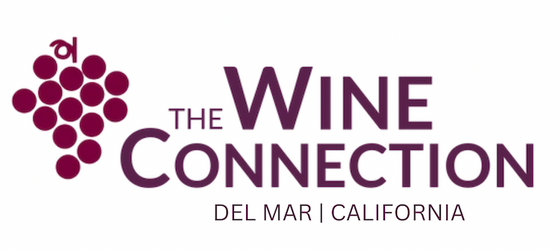It’s Getting (Hopefully Not) Too Hot in Here…

This July weather’s got me inspired to write about a hot topic in wine. Temperature. OK, I promise that was the last dad joke I’ll make. Ever? No. Just today.
Seriously though, temperature is really important when it comes to both serving and storing wine. Ever sat out in the sun too long? Or gone for a walk outside without enough layers? Wine feels the same way when it’s exposed to extreme temperatures. And extreme is much less extreme than we may think for most wines.
There is a myriad of different kinds of damage to wine that can be caused by temperatures being too high or too low. According to Purdue University’s extension department, the ideal temperature range for both whites and reds is between 50˚F and 60˚F.

When a wine gets too hot: hazes can form in bottles due to precipitation of certain otherwise stable proteins, dormant microbes may start to have a party and produce CO2, corks can dry up which might allow more oxygen to be in contact with the wine than desired, and even carcinogens can be produced at elevated rates in bottles that have too much heat exposure. This list is not exhaustive.
When a wine gets too cold: tartrate crystals (for my nerds out there, potassium bitartrate or KC4H5O6) can form in bottles which look very similar to broken glass, wines may not develop their full palate of flavors and aromas as they should, and as cold bottles become warm again they are susceptible to the formation of condensation which can ruin labels and packaging and even cause the growth of mold on the corks and bottles. This list is also not exhaustive!

What’s interesting about this whole temperature topic and the wine supply chain is that today many commercial wines have been stabilized so substantially in the winery that visual flaws due to improper temperature exposure go widely unnoticed. The use of cold and heat stabilization and fining agents like bentonite will easily hide any immediate damage caused to wine by improper storage temperatures.
Everyone always talks about wines tasting better at the winery. Whether you’re in Bordeaux drinking Cheval Blanc at Cheval Blanc or in Bolgheri enjoying Sassiscaia, it might be interesting to know if the actual transportation of wines (i.e. temperature fluctuations, improper storage) can affect the overall composition of the wines as we consume them here, stateside. Food for thought. Better yet, wine for thought. Sorry friends, I lied about quitting the dad jokes.
Anyway, I hope you learned something new today. We look forward to seeing you at the shop this week so we can help you cool off with a refreshing Albariño or Vinho Verde. And I’ll try not to make any more dad jokes when we see you… until then!


![[Video] Steak Sandwich w/ Wine Pairing](http://thewineconnection.com/cdn/shop/articles/20_1600x.png?v=1651179510)
![[Video] Passion Fruit Tart w/ Wine Pairing](http://thewineconnection.com/cdn/shop/articles/19_1600x.png?v=1651179483)
